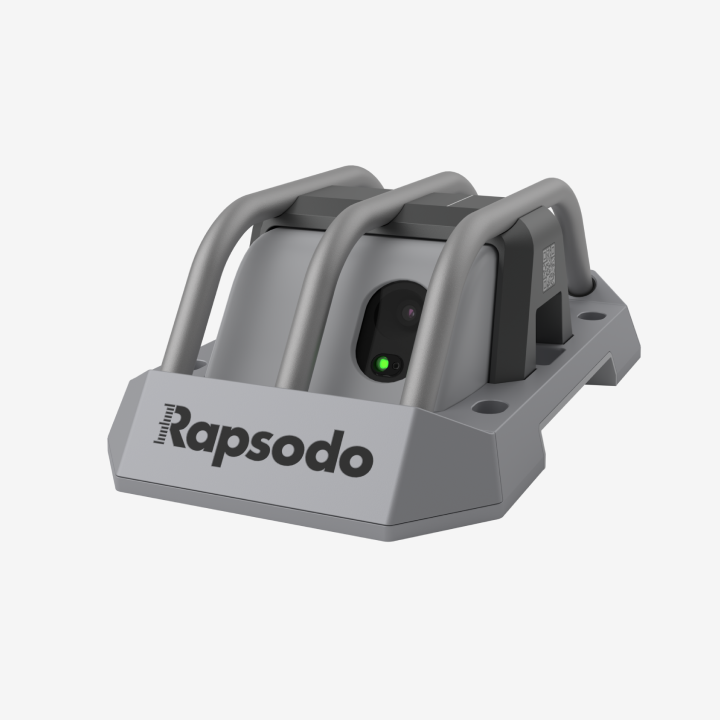Curveballs, just like fastballs, have a transverse spin profile that directly impact the vertical movement of the ball. This topspin profile aids in creating depth or sweep, depending on specific pitch type. Since four-seam and two-seam fastballs live in the upper quadrants of the break chart (right for right-handers, left for left-handers), the most effective curveballs should mirror those same measurements in the chart’s lower quadrants (left for right-handers, right for left-handers).
Pitchers with true four-seam fastball measurements (17+ inches of vertical break) will benefit most from 12-6 curveballs, as the high amount of vertical drop mirrors the amount of ride present in purely backspin fastballs.
The spin rate, direction, and efficiency of these 12-6 curveballs can affect vertical and horizontal break measurements. To maximize drop, these pitches should hover close to exact topspin (6:00) with high spin efficiencies (75% and up).
Sweeping/two-plane curveballs are great complements for low-slot pitchers with sinking and running fastballs. The benchmark for these pitches should be the inverse of the 12-6 curveball: maximize glove-side horizontal break (i.e. sweep).
As with all pitches, adjusting spin efficiency and direction will directly affect the overall break measurements. To maximize spin-induced sweep, efficiencies for sweeping curveballs should be relatively high (70% and up), although some gyro spin component should still be present to add some depth to the pitch.


















